Cantabria is one of the smallest Spanish regions, located at the top of the country, between the Asturias and the Basque Country. Besides, the region has beautiful nature, peacefulness, mountain peaks, and rough shores.
The Cantabria region is a must-see destination. Here are the top 10 most beautiful villages in the Cantabria region that you can take as a reference when planning your next trip.
1- Santillana del Mar:
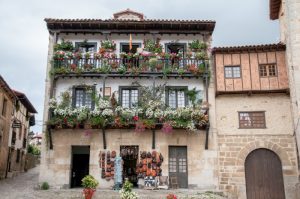 via – mooistedorpjes
via – mooistedorpjes
Santillana del Mar described by Jean-Paul Sartre as the most beautiful village in Spain and not only in the Cantabrian region. The town has a magnificent historical-artistic site with beautiful medieval and baroque houses, caramel-colored architecture and steep cobblestone streets.
The town was built around the collegiate church of Santa María and dotted with old defense towers and Renaissance palaces. Walking through this prehistoric village is a memorable experience remember to visit the Belardes Palace and the Tagle House.
2- Comillas:
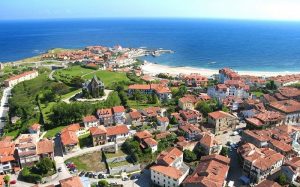 via – tur43
via – tur43
The village of Comillas lies on the western coast of the Cantabrian Region; its magnificent coastline has attracted visitors from all over the world since the 19th century; in addition, the town has numerous attractions to explore, such as the historical architecture, the enchanting cobblestone streets and the modernist style buildings; of course, we can not talk about the colored buildings of Gaudí, the eccentric El Capricho is an absolute must to see.
Be sure to check out those impressive sights, for example, the Los Tres Caños Fountain, the Sobrellano Palace, or the breathtaking San Cristóbal Cemetery.
3- Castro Urdiales:
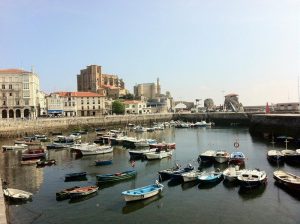 via – vacancesespagne
via – vacancesespagne
Castro Urdiales is one of the most beautiful villages in Cantabria, located on the eastern coast of the region. This seaside village preserves beautiful historical-artistic sites such as the church of Santa María de la Asunción, recognized as a national monument in 1931; you can discover other monuments such as the lighthouse of the castle, the old medieval bridge, and the Hermitage of Santa Ana.
4- Liérganes:
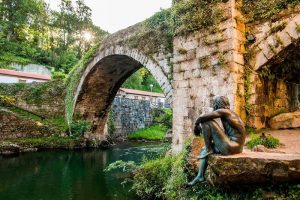 via – traveler
via – traveler
Liérganes is one of the best villages in Cantabria that you must visit during your trip. This lovely village was declared a National Historical-Artistic Interest in 1978 and is characterized by its marvelous and well-preserved alleys, surrounded by classical architectural pieces dating from the 17th and 18th centuries.
The town lies at the foot of two small hills, Marimón and Cotillamón, commonly known as the breasts of Liérganes. The old town has been declared a Historical and Artistic Heritage that contains the Rañada and Cuesta-Merdillo palaces, the parish church of San Pedro Ad Víncula, the church of San Sebastián, the Setién, Portilla, and Miera houses, the Los Cañones, Riaño, Humilladero, and El Carmen chapels, as well as other impressive old traditional houses.
5- Carmona:
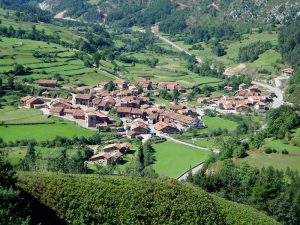 via – mapcarta
via – mapcarta
Carmona is one of the most beautiful villages in Cantabria, located in the middle of the Cabuérniga Valley and close to the river Nansa. The town has a natural environment surrounded by high peaks. This charming town has gorgeous architectural preservation, and it is considered a Historic-Artistic Site and especially highlights its beautiful mountain houses.
In Carmona, visitors can visit emblematic buildings such as the palace of the Díaz Cossío y Mier family or its church dating back to the 18th century. In addition, a great variety of houses and wooden balconies delight visitors. Likewise, wood craftsmanship is traditional in the village, so you can take the opportunity to bring back a unique souvenir.
6- San Vicente de la Barquera:
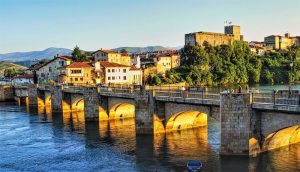 via – flickr
via – flickr
San Vicente de la Barquera is located in the Northwest of the Cantabrian coast and stands at the head of a broad river estuary in the Parque Natural de Oyambre and surrounded by the peaks of the Picos de Europa.
It is an ancient marine village declared of cultural importance for its historical monuments, including the Church of Santa María de Los Ángeles, the ruins of the Castillo del Rey King Castle, and the spectacular La Maza Bridge, which are well worth a tour, as well as the beautiful sunny beaches.
7- Potes:
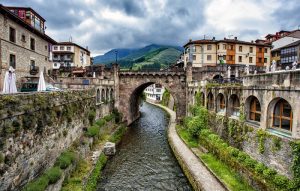 via – tegustaviajar
via – tegustaviajar
Potes is a beautiful town on the Southern slopes of the Picos de Europa, surrounded by hills and rivers. The village is known for its old monuments like the Torre del Infantado, the Church of San Vicente, and the numerous bridges. It also has a historical and weekly marketplace and is an excellent base for sports activities in the nearby mountains.
8- Cartes:
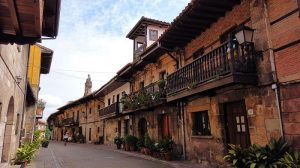 via – queverenelmundo
via – queverenelmundo
Cartes is one of the most beautiful villages in Cantabria. Flowers and mountain houses await you in this village located near Torrelavega. The village has an impressive wide-walled house crossed by the principal street of the village called the Torreón de Cartes. Walking around this town, you will enjoy the surroundings of mountain houses, plants, and flowers.
9- Bárcena Mayor:
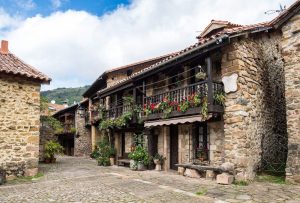 via – nationalgeographic
via – nationalgeographic
Bárcena Mayor is one of the most beautiful and oldest villages in Cantabria. This historical-artistic site dates back to the 9th century and conserves its typical mountain houses and the patchwork streets pattern, which give the village a Medieval look. The village of Bárcena is famous for its magnificent waterfalls of El Pozo del Amo and the stunning panorama of the Balcón de la Cardosa.
10- Laredo:
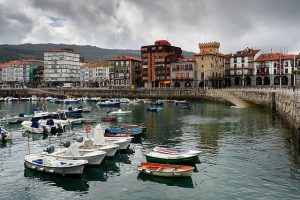 via – elmundo
via – elmundo
Laredo lies in eastern Cantabria, about 46 km from Santander. The town is one of the most important touristic destinations on the Cantabrian coast. It has one of the longest and most beautiful beaches in the Cantabrian region, known as La Salvé, covering an extensive sandbank of 5 km. The city has artistic and historical sites, like the houses of la Loca, palaces, towers, and the churches like Santa Maria de la Assomption, and various paintings spread in the old town, which pay homage to the workers who have been a fundamental part of the town; for example, the sardine seller, the fisherman, the blacksmiths and many others.

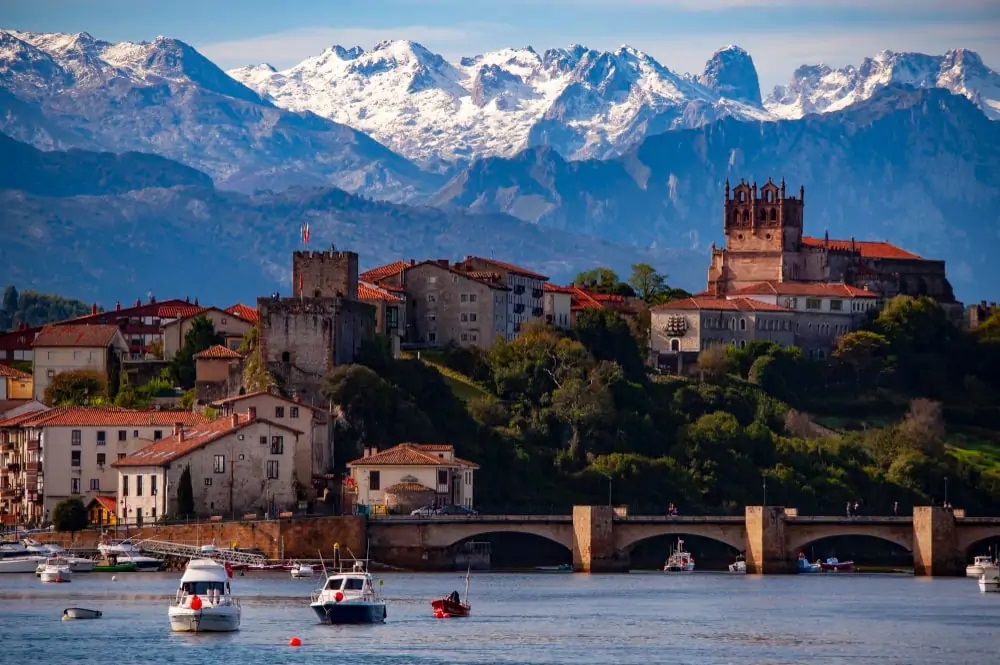
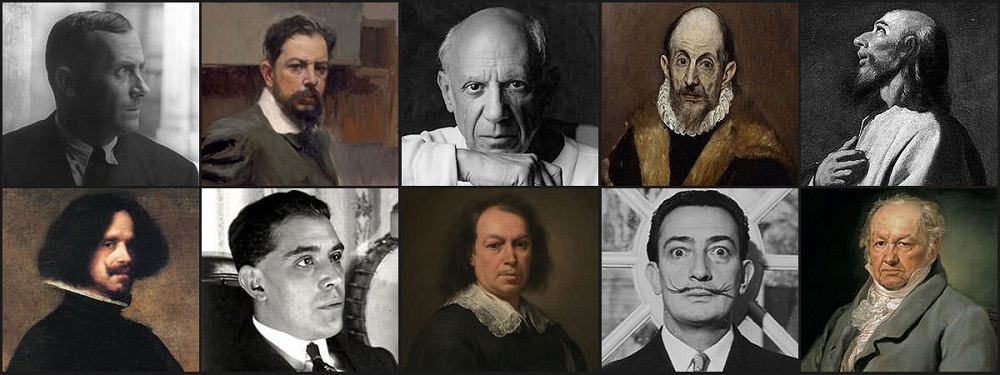 Top 10 Most Famous Spanish Artists and their Arts
Top 10 Most Famous Spanish Artists and their Arts
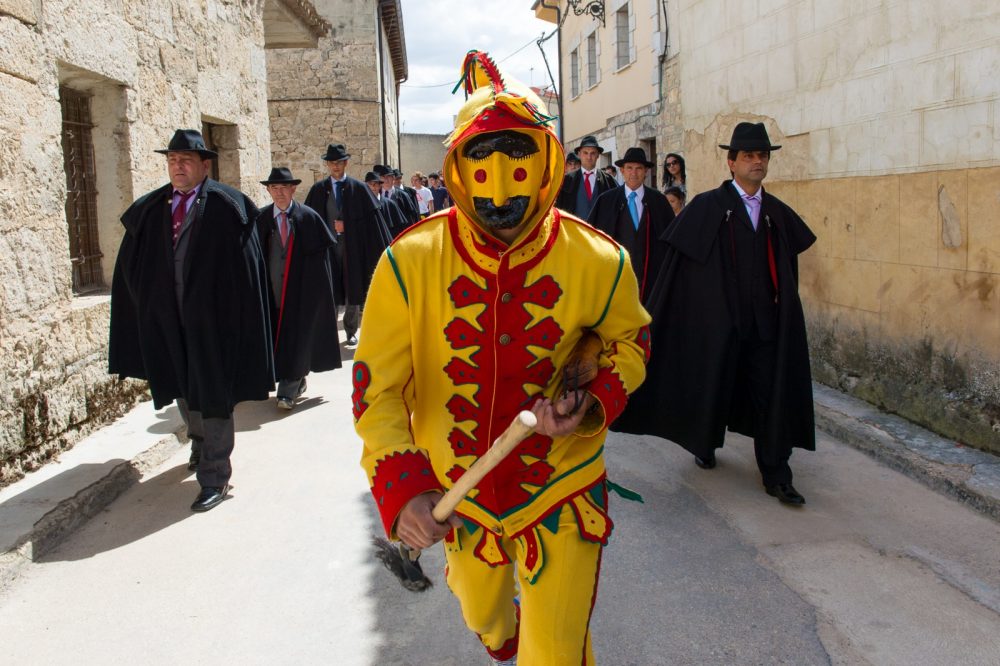 El Colacho, the Baby Jumping Festival in Murcia Spain
El Colacho, the Baby Jumping Festival in Murcia Spain
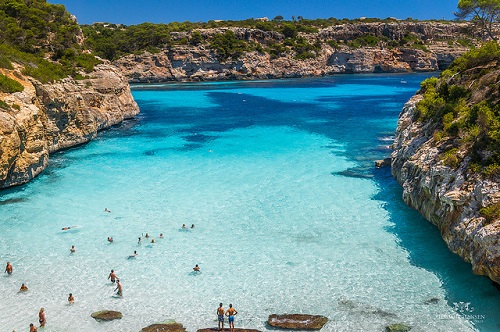 Discover The Most Beautiful Places In Mallorca, Spain
Discover The Most Beautiful Places In Mallorca, Spain